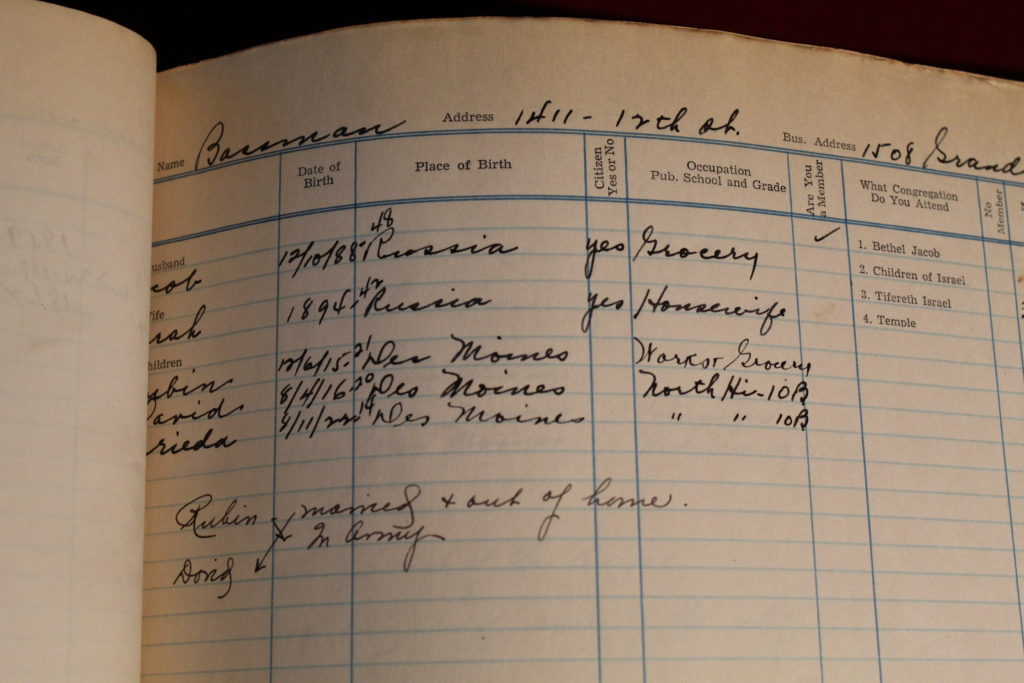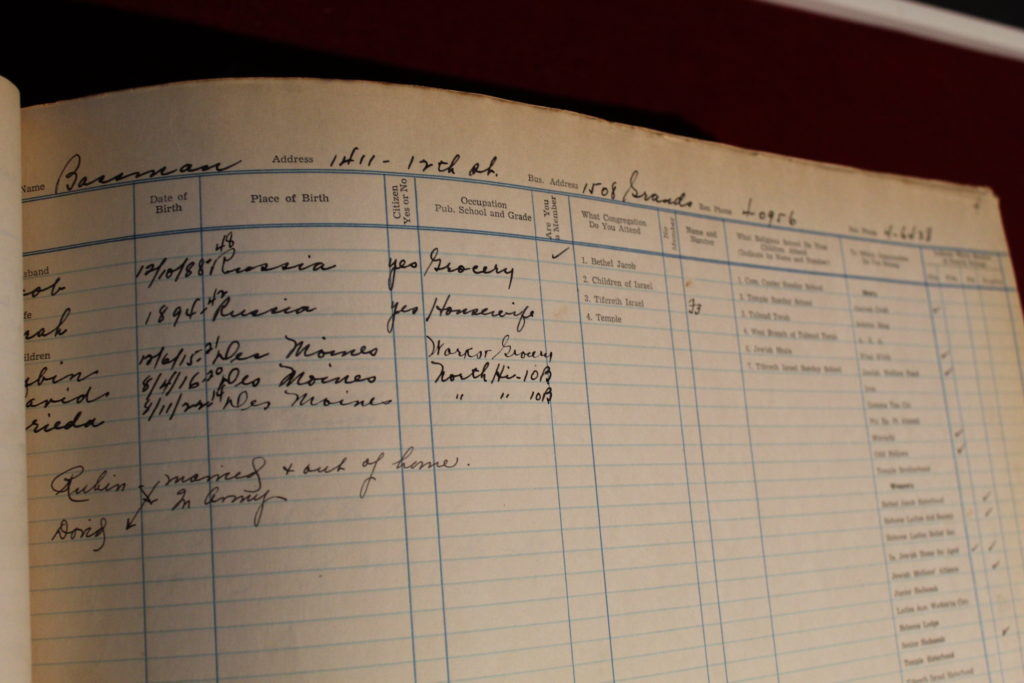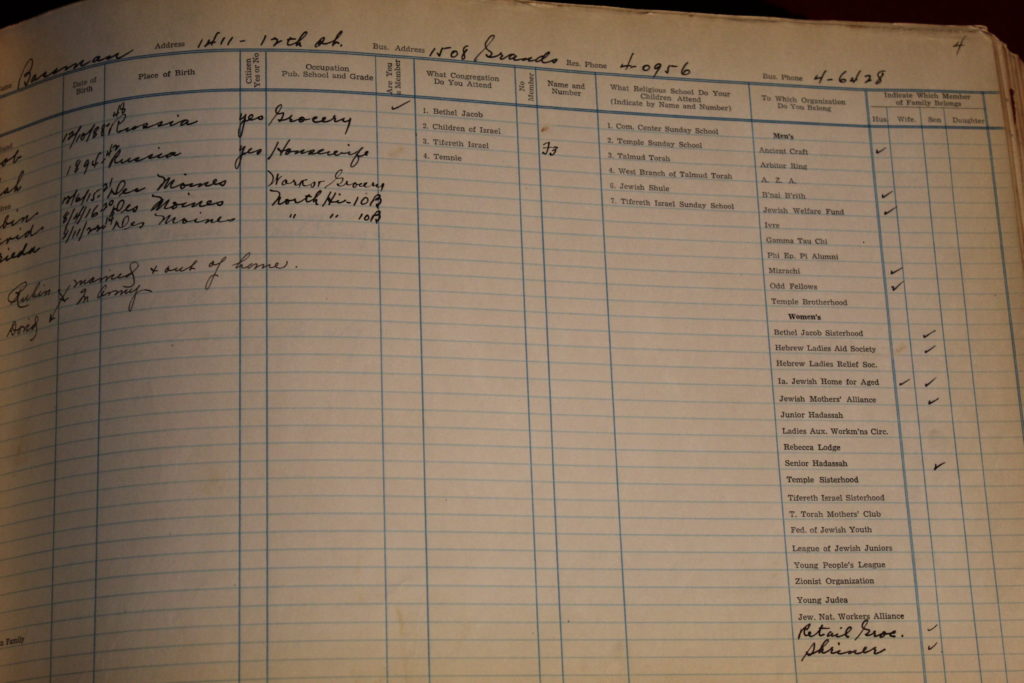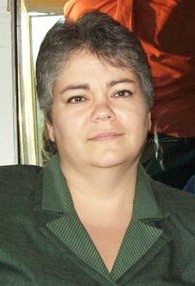My Favorite Artifact
Twenty-five years ago, the Iowa Jewish Historical Society was founded to preserve the history of the Jewish people of Iowa and share our story through educational programs and exhibits. At the heart of preserving our history and culture is our collection—the objects, photos, and documents that bring the past and the present to life for visitors of all ages and backgrounds here in Iowa and around the world.
With thousands of artifacts in the IJHS collection, different objects have special meaning to many of our visitors, whether they see an artifact in person or learn about it online from our searchable collections database.
As part of our 25th Anniversary, IJHS is introducing a new series entitled ‘My Favorite Artifact.’ To kick off the series, IJHS board members are picking their favorite artifact and sharing with us what that item means to them and why those chose it as their favorite out of all the objects in the IJHS collection.
Schindler’s Cup: by Jan Hockenberg
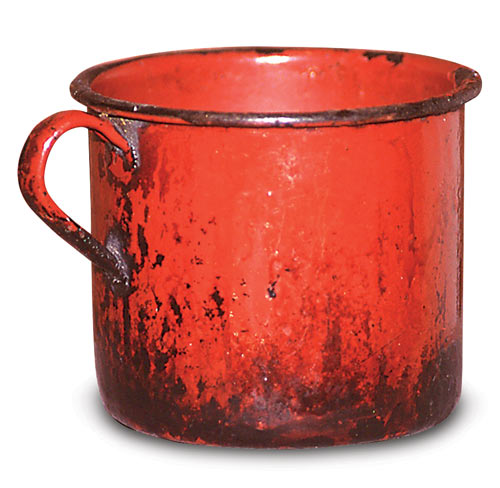
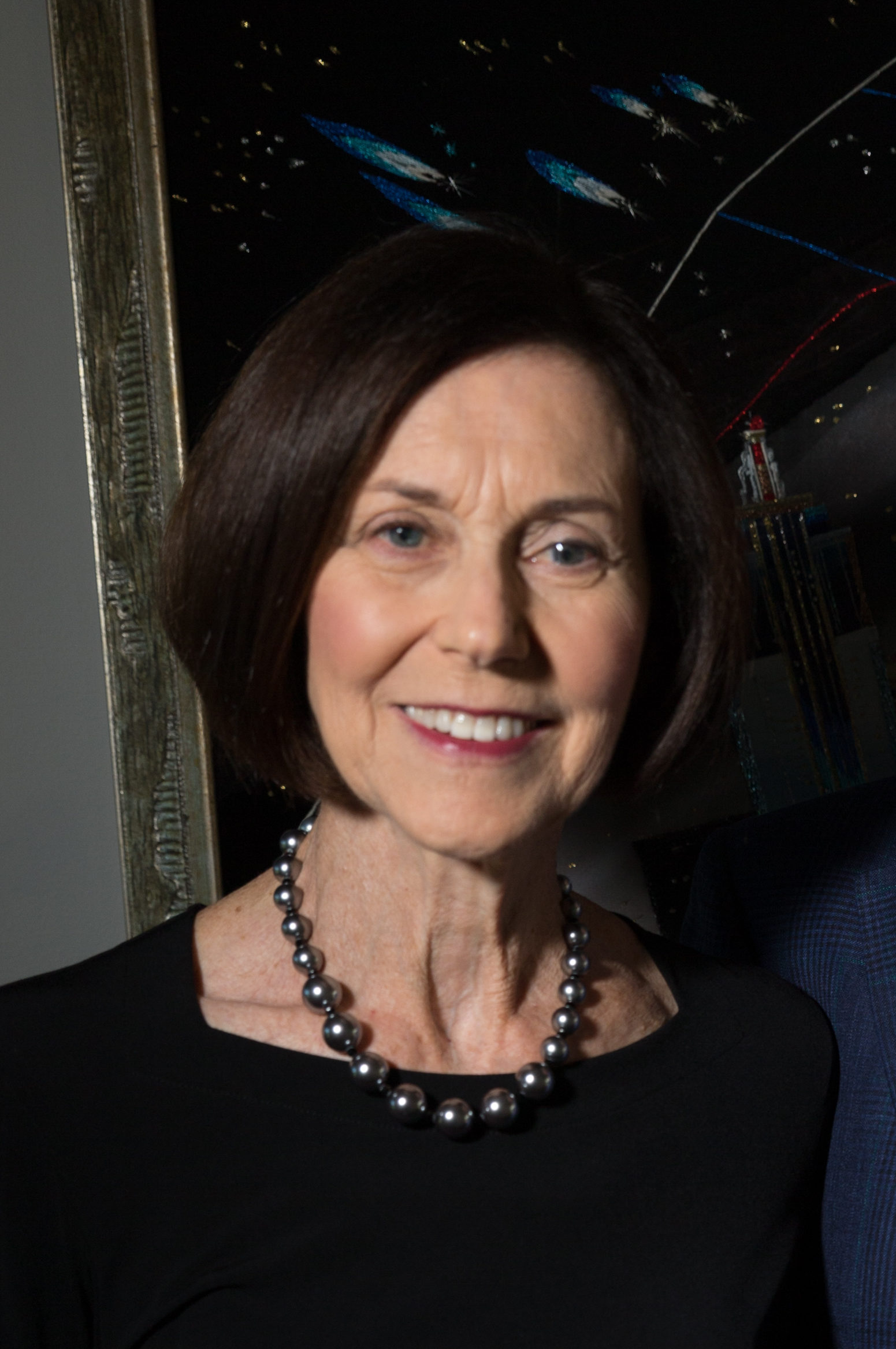
I have served on the IJHS board since 2006. Through my involvement as a board member, I have become increasingly grateful to those people, past and present, who have passionately given their time, talent, and financial support to preserve Iowa’s Jewish history.
I am very proud of our Iowa Jewish Historical museum and our collections. One of my favorite artifacts in our museum is the “Schindler Cup.” The cup, which has been labeled with the historically significant Schindler name, belonged to Phyllis and Irvin Karp. It was used during the Holocaust by the Karp family, who survived the forced labor and death camps, immigrated to the US, and put down roots in Des Moines. That makes it a very special treasure! Phyllis Karp, when asked why she saved this cup and brought it to the United States, said: “This will remind me, every day, that there is a better tomorrow.”
Oskar Schindler, through his factories and his now-famous list of “workers,” saved the lives of 1,100 Jews, including the Karp family. Workers in Oskar Schindler’s munitions factory received cups (and bowls) such as this one, to use for drinking and eating. These functional pieces were produced in Schindler’s enamelware factory.
Phyllis and Irvin Karp lived in Des Moines for fifty years and produced three more generations, who have generously shared and continue to share their memories, support, talents, and friendship with our community and our state. (Check out all our past programs and watch for more!)
During this time of social distancing, the Karp family story and their “Schindler Cup” remind us to be grateful for what we have, and even if our cup is currently only half full, better days are ahead.
An Ongoing Mystery: by Jerome Thompson
In one of the cases focusing on veterans at the Iowa Jewish Historical Society Museum is a German pistol, specifically a P1908 Luger. It is clearly marked 1918, which was the year it was manufactured. It was definitely made during World War I but this type of handgun was also issued during World War II.
I enjoy military history. After I retired from the State Historical Society of Iowa in 2015, I became a volunteer at the Iowa Gold Star Military Museum at Camp Dodge in addition to serving on the IJHS board. At the Iowa Gold Star Museum, I work in the archives organizing and cataloging letters, diaries, scrapbooks and artifacts. Several years ago I transcribed my wife’s grandfather’s World War I diary. Grandpa Joe was always making a deal. While he was part of the occupation forces in Germany following the armistice, he somehow acquired two Lugers but traded or sold them to other soldiers in his unit. None came home.
I wanted to find out more about this Luger; accession number 2005.060.01. According to collections records, the pistol was donated by Arnold Caplan in 2005 or possibly before, but little else. The number is the year it was recorded.
So, who was Arnold Caplan?
A search through the Des Moines Register and Tribune archives located his obituary from 2009. Arnold was born in 1928 in Des Moines and after graduation from East High School in 1946 he joined the Navy. He served in the Pacific aboard the U.S.S. Springfield. After his service he went to the University of Iowa and played football. He also taught in the Des Moines public schools for 35 years. Service in the Pacific after World War II is not a likely place to come home with a German Luger. Is it possible his father was a World War I veteran?
Arnold’s obituary did not mention his parents’ names, so I checked the 1940 census and found Arnold living with his family at 610 Lyon Street in Des Moines. Arnold’s father’s name was Charles. A check of World War I Draft records showed that Charles registered for the draft as required. The draft record show his birthplace was Russia (the census indicates Lithuania) in 1888. But draft registrations don’t guarantee service. Both of my grandfathers registered for the World War I draft, but they were not called up. One was a farmer and the other a rancher. In today’s terms they were essential workers and were part of the wartime supply chain.
Charles requested an exemption because he had to support his wife and a child. A check of service records at the Iowa Gold Star Military Museum yielded a Caplan, but not Charles. So he was not inducted into the service during World War I. So, how did Arnold obtain this German pistol? I guess we won’t know for sure. If his children read this perhaps they can contact the IJHS with what they know. It remains an interesting artifact.
There are often mysteries in museum collections. This is why it is so important to get as much documentation from donors at the time a gift is made and to record it. In that way museums can provide more robust stories through their exhibits.
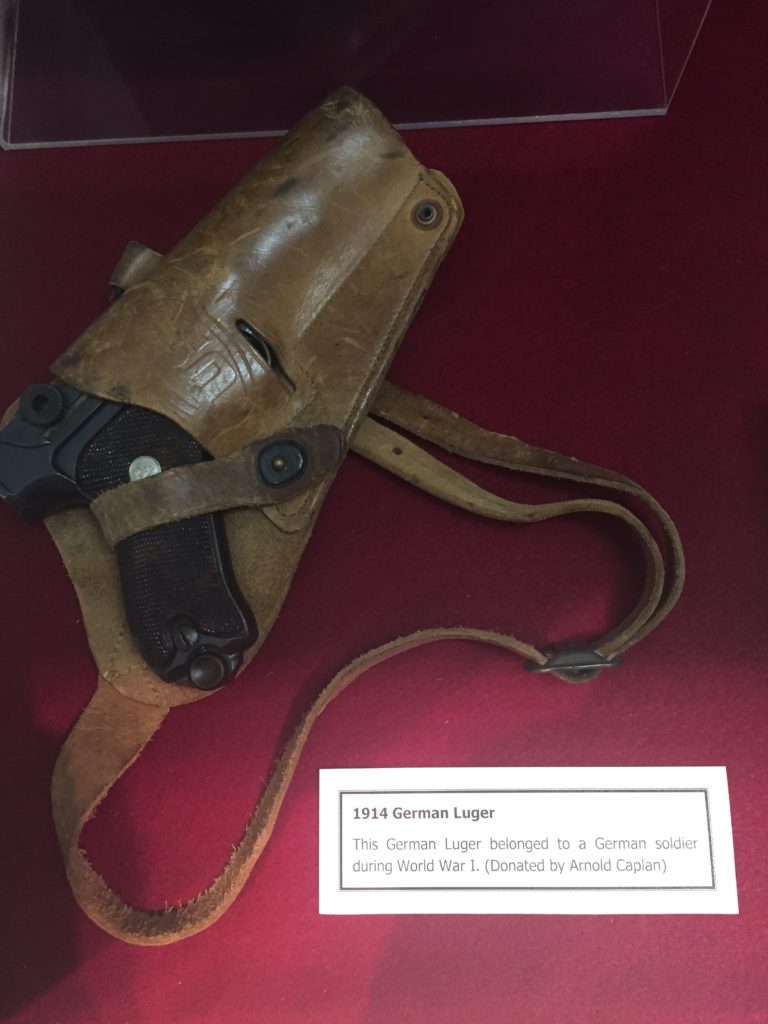
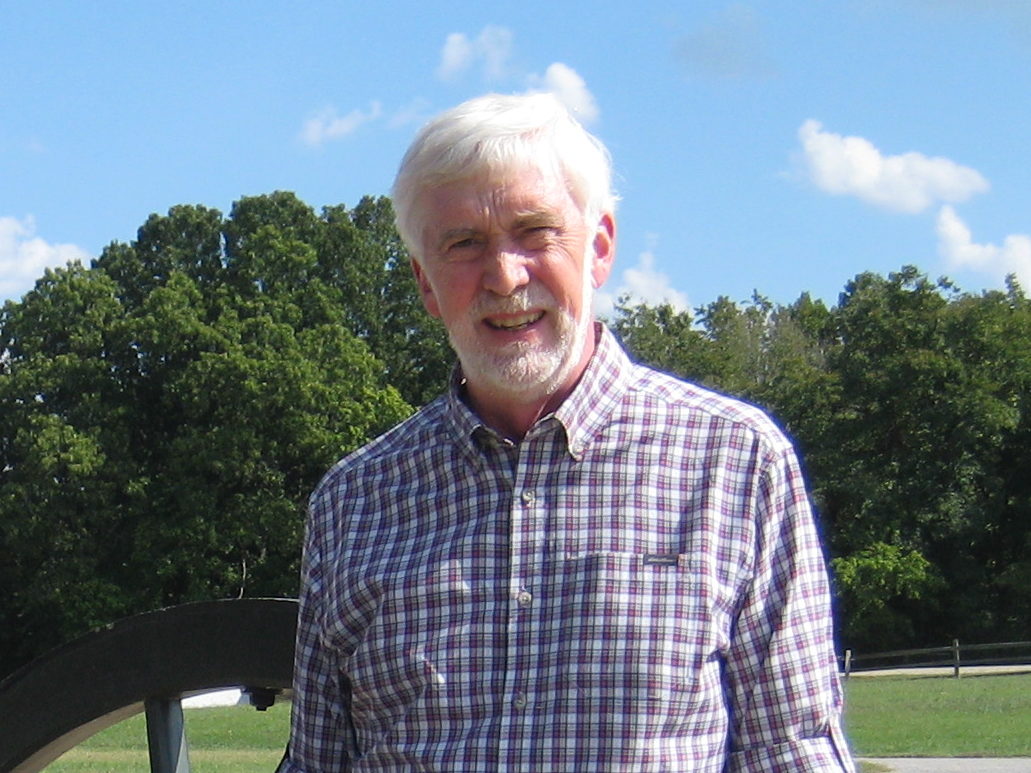
A Census of Jewish Family: by Dawn Martinez Oropeza
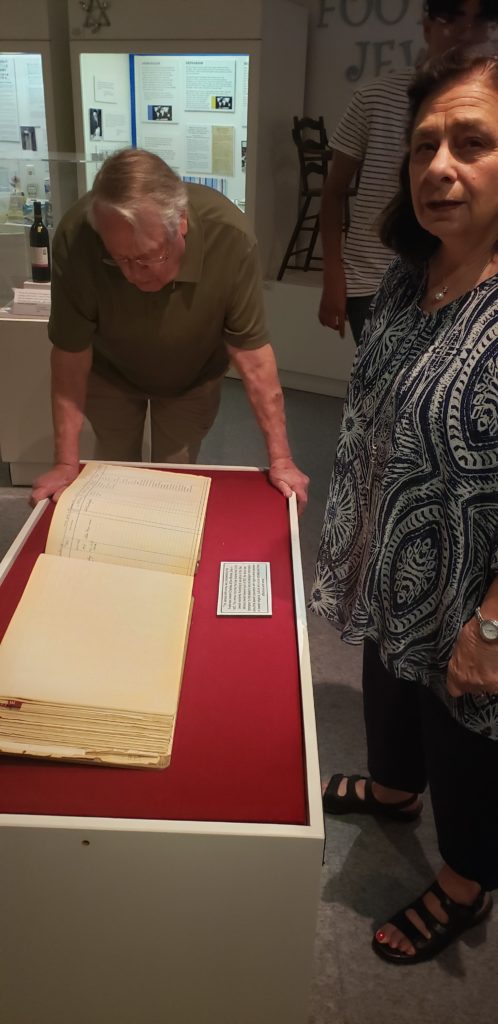
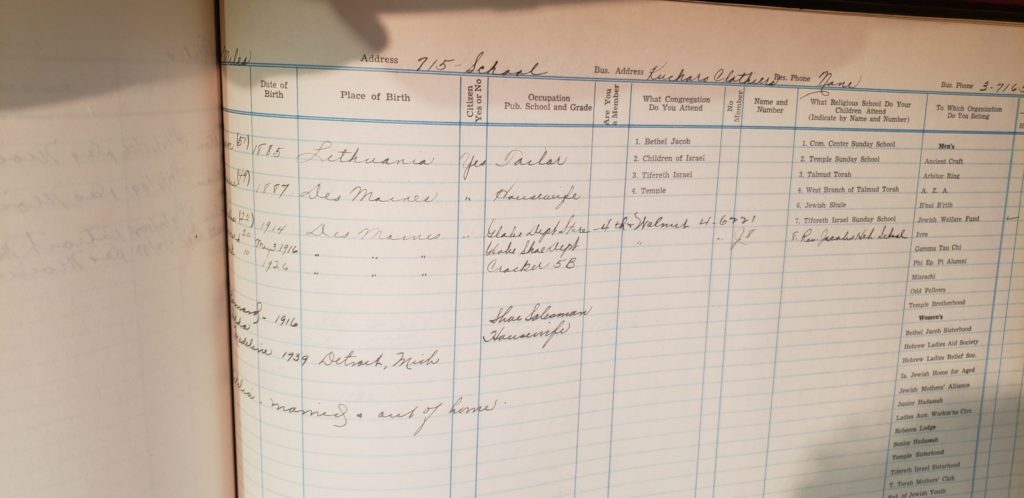
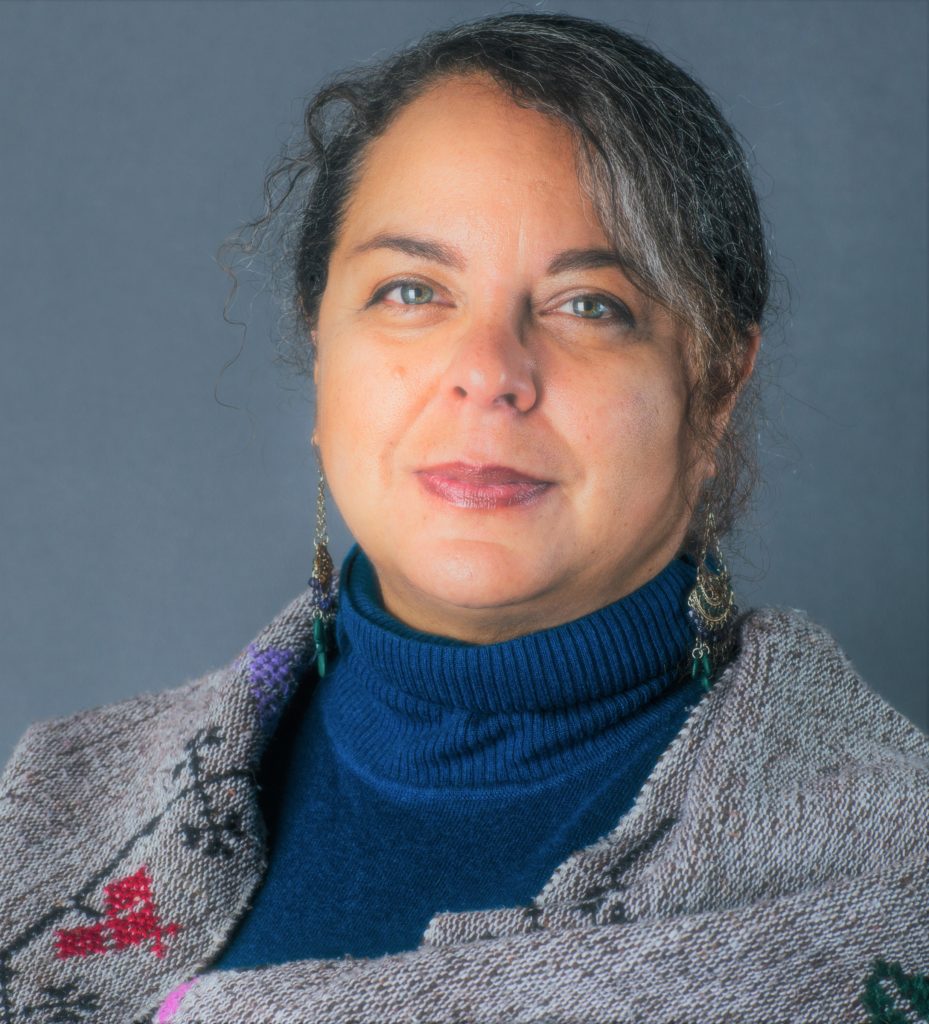
Most people who know me, will be surprised by what I have to say about my experience with the Iowa Jewish Historical Society. I absolutely love this museum. Not why you might think—great artifacts and history. I love being behind the scenes looking at the shelving and conservation boxes. The sense of order and cataloging fill my heart with joy, especially when done with the combination of care and best practices like at IJHS.
I have a history of conservation work, collaborating with the Smithsonian and Wayne State archives to preserve the private office of Cesar E. Chavez, the United Farm Workers founder and civil rights leader. I have preserved a few private art collections. When preservation is done well, I truly appreciate and respect the work.
I also have a great passion for the actual displays. I love the Plexiglas and wood construction that houses artifacts. Stay with me, I am getting to my favorite artifact (which was more of my favorite experience).
When my cousin David Feinberg, the family historian, was visiting from New York, we went with my Aunt Janice Rohwer, to visit the IJHS Museum. This is when the magic begins.
There is a large display case holding a census of Jewish families in Des Moines. Sandi Yoder, the director, gave us the privilege to see the artifact! Sarah, the IJHS Curator and Manager of Collections, came out with some large handles that she attached to the sides of the Plexiglas case. I was so in shock that 1) they were opening the case and 2) that I was going to have access to this beautiful historic treasure. Like a child, I waited in awe until I heard the case open with a hiss of air. With gloved hands, they found the page with the Feinberg listing, identifying family members, employment, and an accounting of their very existence. To this day, words are hard to express what sharing this with my family meant to me. To feel the connection not just to them, but to feel the connection to the larger community, and history, was overwhelming.
Maybe it was the excitement from my family visiting, the thrill of being in the comfort of the museum setting that made the artifact and experience so special. However, I truly believe, as a mixed–-race/religion woman, not usually recognized as Jewish, the connection with the census rooted me in an immense way to my families’ shared story and history in Iowa. When I visit the museum, and I walk by that case, I can sense my ancestors in my heart. I am grateful that my sons will have a place to share with their children our ancestors’ history in Des Moines because the Iowa Jewish Historical Society is preserving the Feinberg/Miles legacy.
1937 Jewish Census Book: by Kathy Bassman
The item I chose from the IJHS Collection for “My Favorite Artifact” is the 1937 Jewish Census book which has information on Jewish families in the Des Moines area. I originally thought this census was only done for the Des Moines area but found that similar censuses were done by Jewish communities all over the United States for the “American Jewish Year Book,” which has been published by the Jewish Publication Society and the American Jewish Committee at various times since 1906.
In 1935, the American Jewish Committee asked Dr. Harry S. Linfield, Director of the Jewish Statistical Bureau of the Synagogue Council of America, to prepare the groundwork for the enumeration of Jewish congregations that needed to be done in connection with the United States Census of Religious Bodies. Dr. Linfield was then appointed a Special Census Agent by the United States government to collect statistics of Jewish congregations. There was a special census in 1937 in which Jewish congregations from all over the United States participated. Dr. Linfield compiled results from these 1937 censuses for the Jewish Year Book, Volume 42 (1941). This report shows that Iowa had 14,089 Jews in Iowa, 17 principal communities, 26 congregations, and .56% of the Jews in the United States.
Along with this 1937 Iowa Jewish Census book, are letters. The first letter is dated February 11, 1937. It is from Dr. Harry S. Linfield to Rabbi Eugene Mannheimer in Des Moines. Dr. Linfield states “… it is necessary to report to the government the number of Jews that reside in each community, and thus since 1906, each of these censuses has served as an occasion for a decennial survey of the Jews of the country.” Dr. Linfield requested Rabbi Mannheimer’s cooperation in securing accurate data of our Jewish community to be included in their report to the government.
The second letter is dated April 22, 1937, and is an unsigned copy of a letter addressed to Dr. Linfield from Rabbi Mannheimer Rabbi Mannheimer informed Dr. Linfield that “It just happens that we made a rather careful census of our Jewish community during this past winter, in connection with which we undertook to ascertain the exact number of Jews in Des Moines, their occupations, their congregational and other Jewish organizations and affiliations, etc. etc.” “… we shall be glad to supply you with the desired information.”
The third letter, dated April 23, 1937 and addressed to Dr. H.S. Linfield, is from “Superintendent” Mrs. Sam Weinstock, Federated Jewish Charities. She forwarded a copy of the findings from the Jewish census that had been completed in January of 1937. The Federated Jewish Charities census collected information on every person in Des Moines over 18 years of age. She gave Dr. Linfield a detailed description of how they proceeded with the census collection: “… we had a membership list of every Jewish organization in Des Moines. We used the city directory and telephone book and made a house-to-house where we were unable to secure the information by telephone or were not listed in the directory. To be sure we had the new-comers, we contacted all mercantile houses for the Jewish people connected with them.”
Along with this third letter are the survey findings that Superintendent Weinstock sent to Dr. Linfield. “The study was prompted by the desire to secure intelligent information about the Jewish population with regard to their interests in Jewish religious culture as well as social activities and their affiliations.”
Along with the general family information (birthplace, age, children, home and business addresses, etc.), the census book listed area congregations – Bethel Jacob, Children of Israel, Tifereth Israel, and the Temple, six religious Schools, 11 men’s organizations, and 18 women’s organizations. Interviewees would indicate their affiliations with a checkmark.
This is my favorite artifact because it freezes a time in history that we can look back and see information on the families that were in the Des Moines area at that time and because this is an original, the actual book that the information was recorded in. Not a photocopy, a picture, a microfilm. This Jewish census book, along with the letters between Dr. Linfield, Rabbi Mannheimer, and Superintendent Weinstock, how amazing and wonderful to have all of these original works. I have tried locating original 1937 census books or information from other states and communities but have not found anything. This is the only book I’ve found from the 1937 Jewish census.
